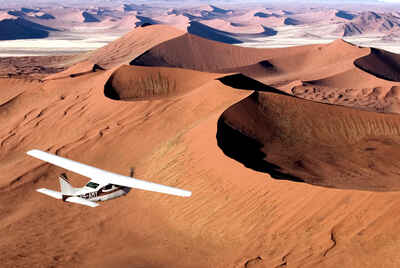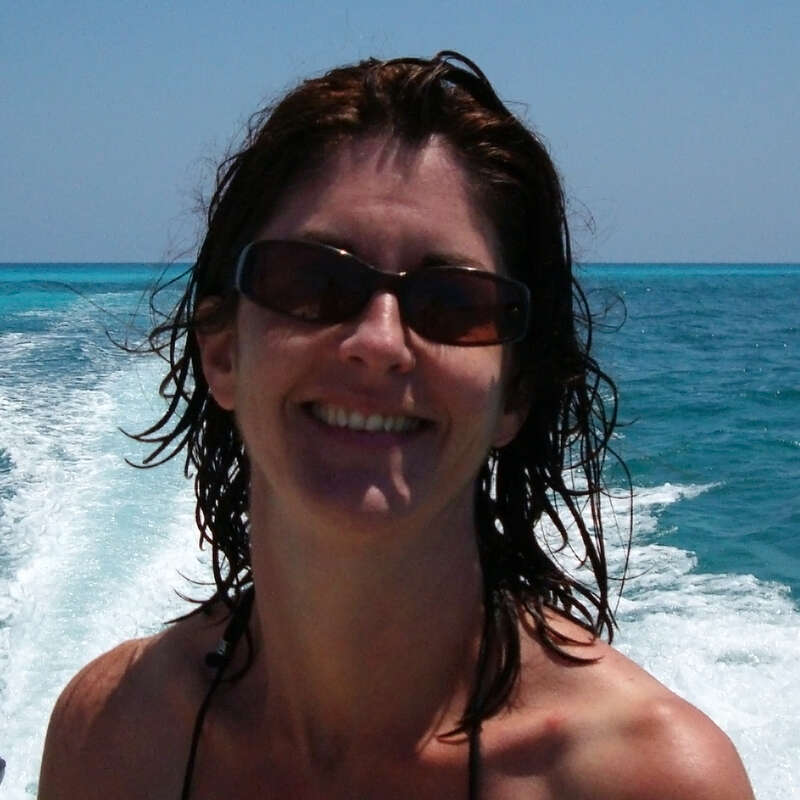About Schoeman's Skeleton Coast Safaris
To fly low along the Skeleton Coast is to experience a visceral thrill at the raw beauty of this wilderness.
Below, Atlantic rollers unfold onto dunes and plains that stretch as far as the eye can see. Look closely and you may spot a lone jackal scouring the beach for food, or seals basking in the waves.
With Skeleton Coast Safaris, exploration from the air is matched by that on the ground. Landing at remote airstrips, you’ll seek out strange geological formations by rugged 4WD, or the whooping thrill of the roaring dunes.
Slowing down again, to walk along the sands is to wonder at huge whalebones or to shiver at the skeletons of ships wrecked along this dangerous coastline.
On a three-night trip, you’ll stay in three simple but comfortable tented camps that fringe the Skeleton Coast – from the Huab River in the south, to the beautiful Hoarusib River valley and on to the Kunene River in the far north.
Head out in search of desert-adapted animals, or visit a remote Himba settlement, returning to dinner and tales of adventure around the campfire.
This is Namibia at its most enduring – in the company of undisputable experts from the Schoeman family whose knowledge of the Skeleton Coast and its hinterland goes back nearly 50 years.
Accommodation
8 travellers maximum
Children
Best for 16+
Open
All year
Activities

4WD Safari

Birdwatching

Boat trip

Cultural excursion

Guided walking safari

Private activities
Traveller reviews of Schoeman's Skeleton Coast Safaris
30 real, un-edited reviews from Expert Africa's travellers.
Arrived 25 May 2025, 3 nights
"Schoeman's Skeleton Coast Safaris review"
Overall rating: Excellent
Arrived 1 Nov 2022, 2 nights
"Schoeman's Skeleton Coast Safaris review"
Overall rating: Excellent
Arrived 1 Nov 2022, 2 nights
"Schoeman's Skeleton Coast Safaris review"
Overall rating: Excellent
Arrived 20 Jul 2022, 3 nights
"Schoeman's Skeleton Coast Safaris review"
Overall rating: Excellent
Arrived 16 Jul 2020, 3 nights
"Schoeman's Skeleton Coast Safaris review"
Overall rating: Excellent
Arrived 17 Mar 2018, 3 nights
"Schoeman's Skeleton Coast Safaris review"
Overall rating: Excellent
Arrived 22 Sep 2017, 3 nights
"Skeleton Coast safari"
Overall rating: Excellent
Arrived 15 Jun 2017, 3 nights
"Amazing trip to skeleton coast"
Overall rating: Excellent
Arrived 8 Oct 2016, 3 nights
"Safari to savour!"
Overall rating: Excellent
Arrived 19 Oct 2015, 3 nights
"Schoeman's Skeleton Coast Safaris review"
Overall rating: Excellent
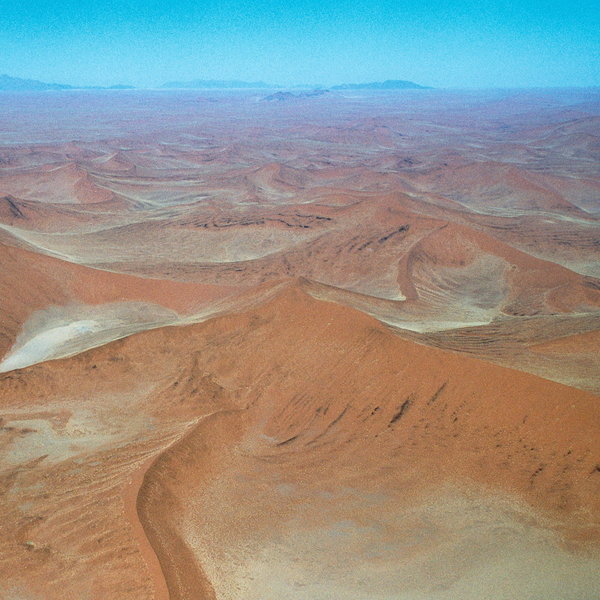
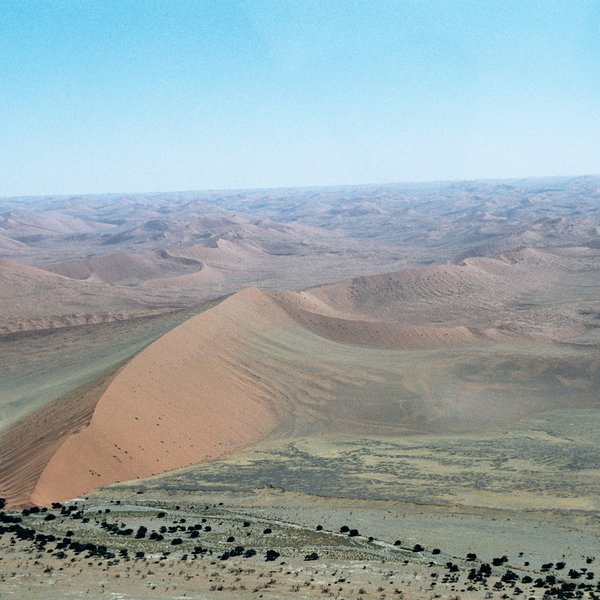
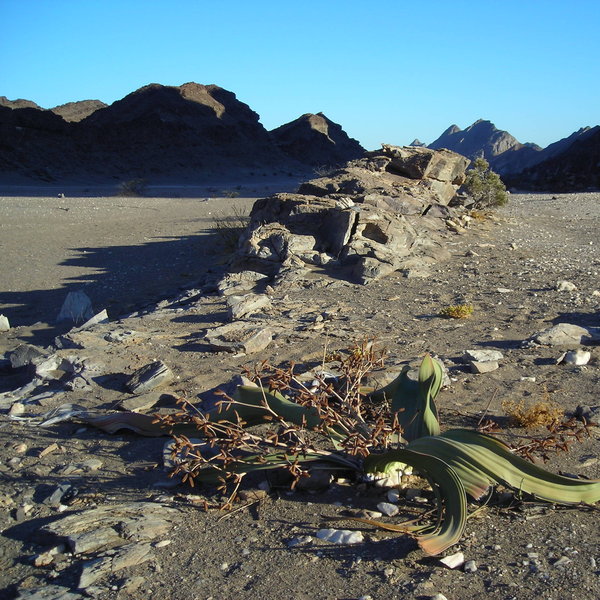
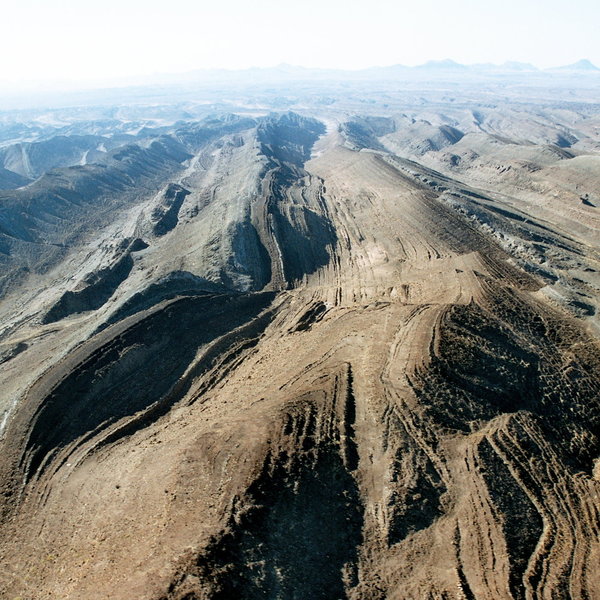
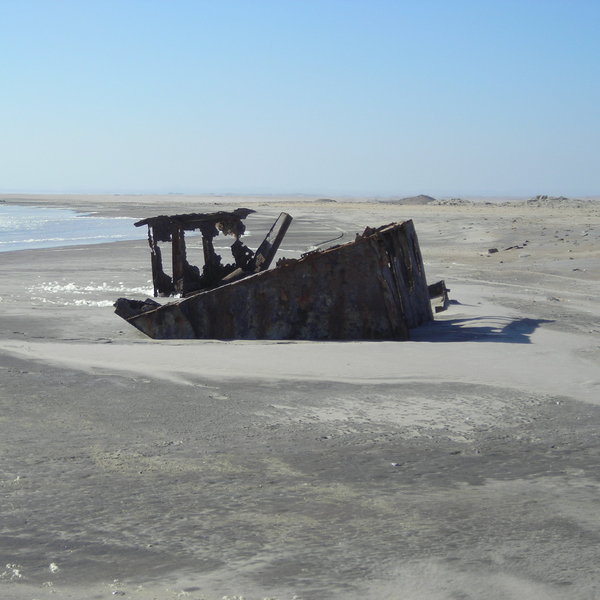
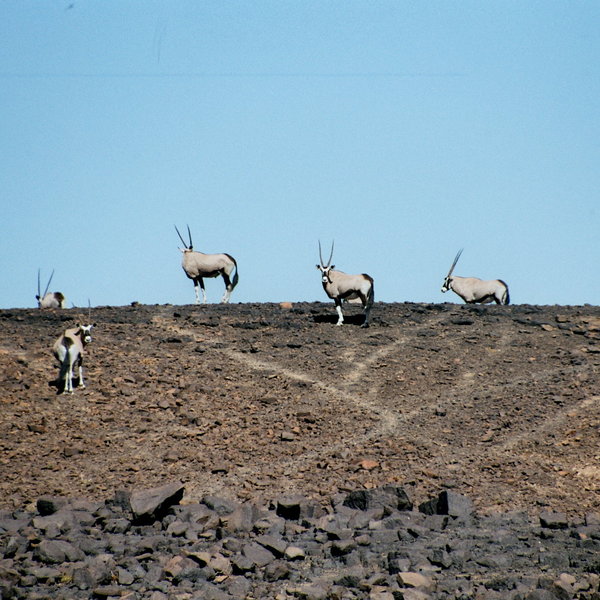
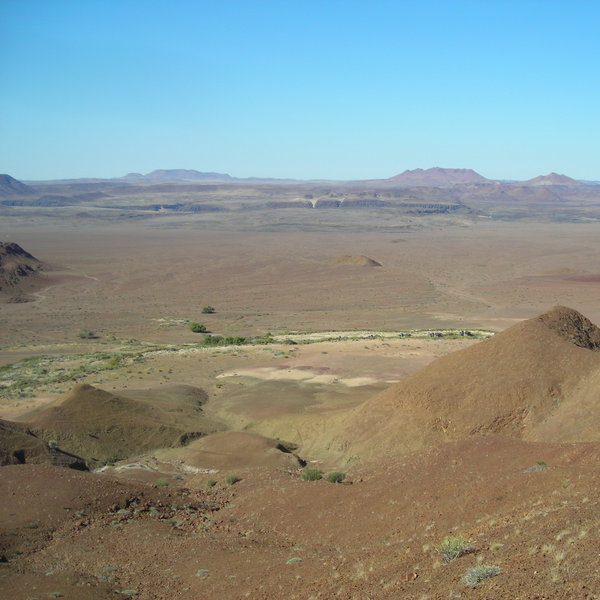
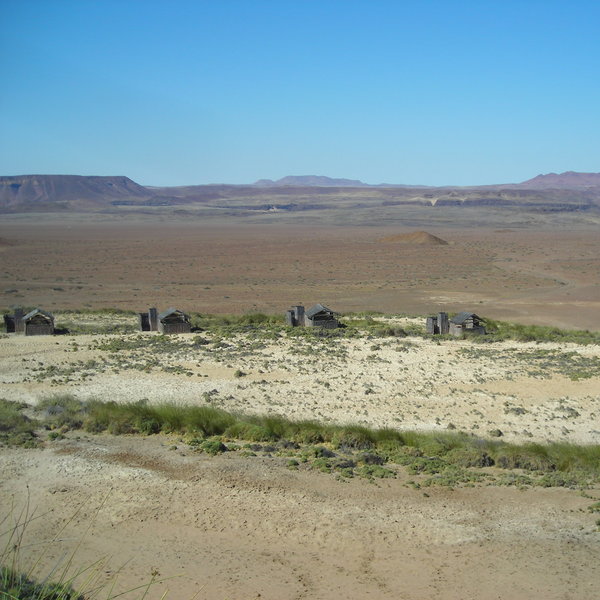
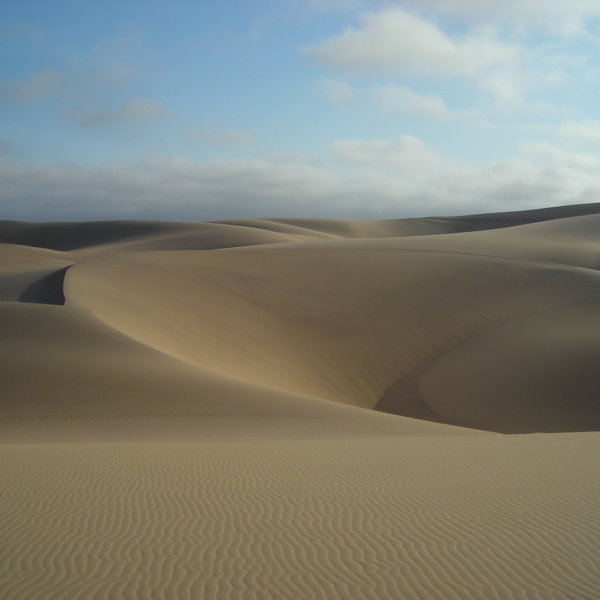
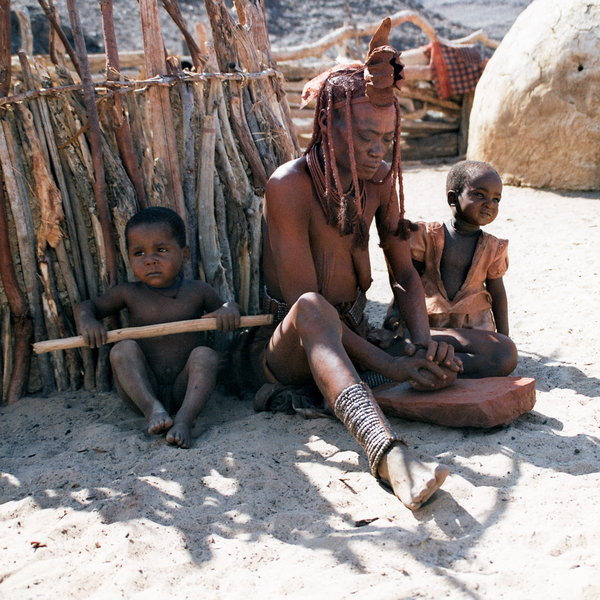
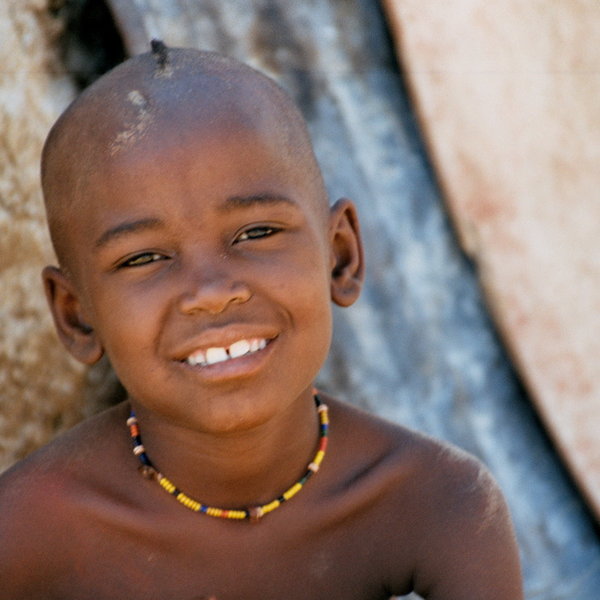
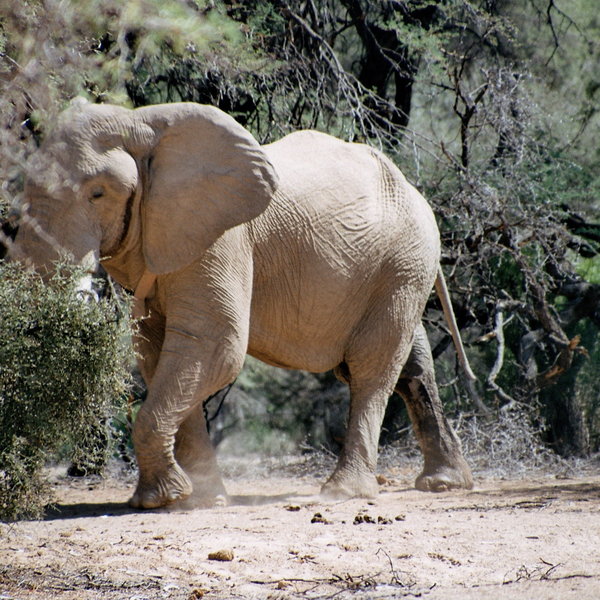
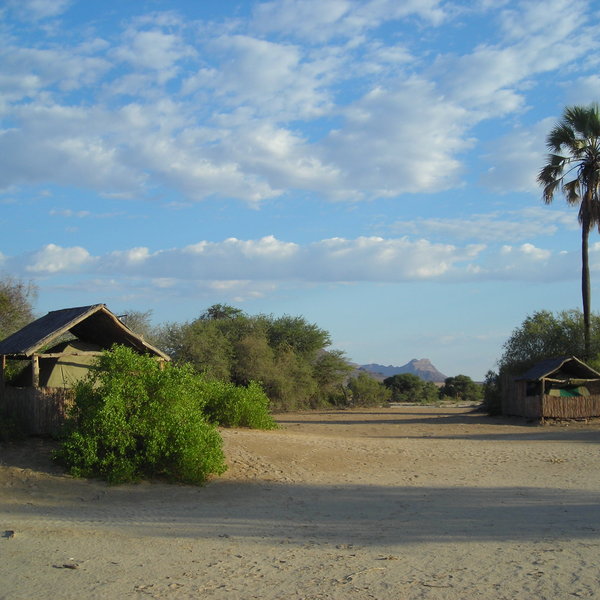
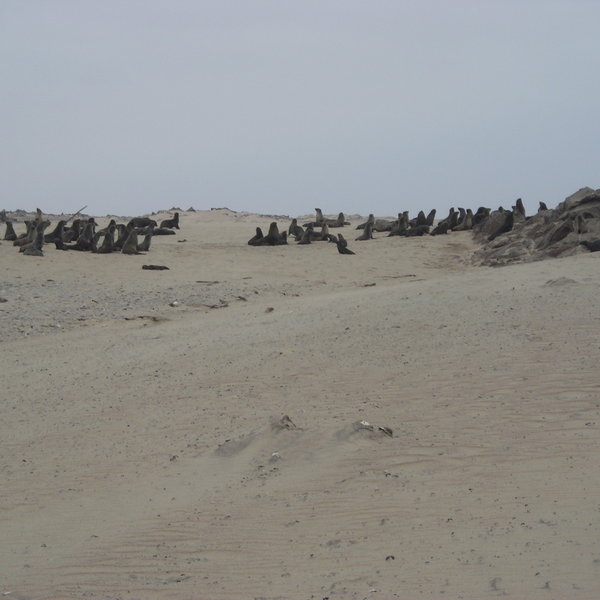
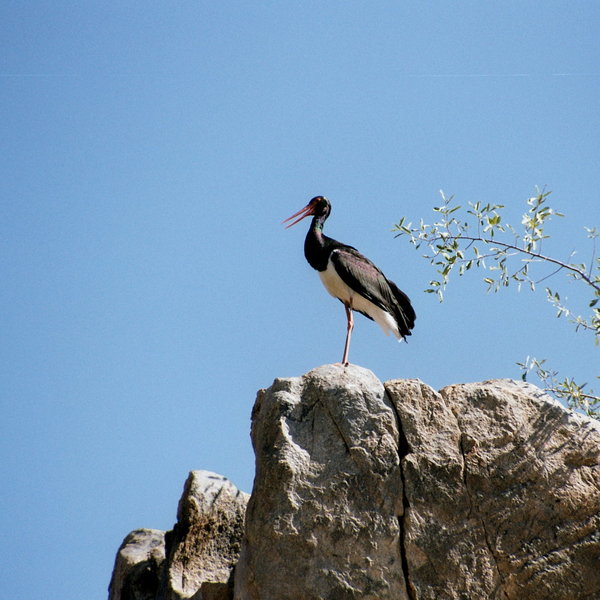
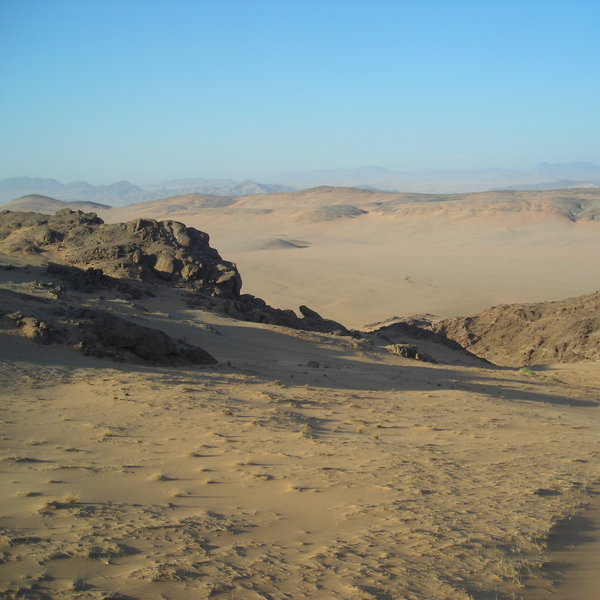
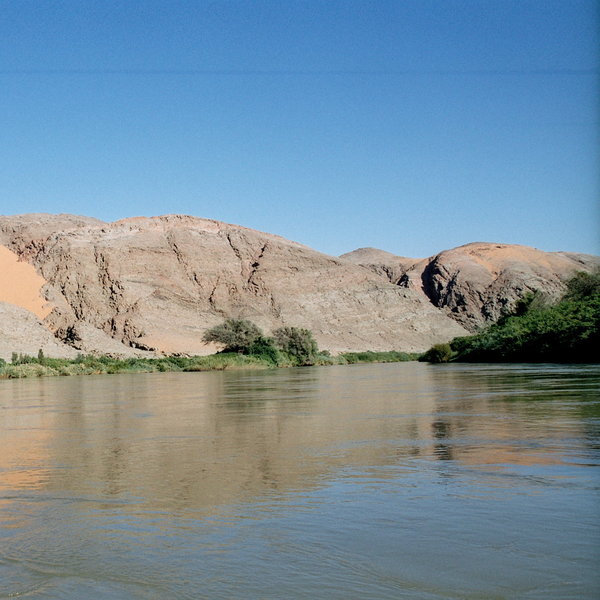
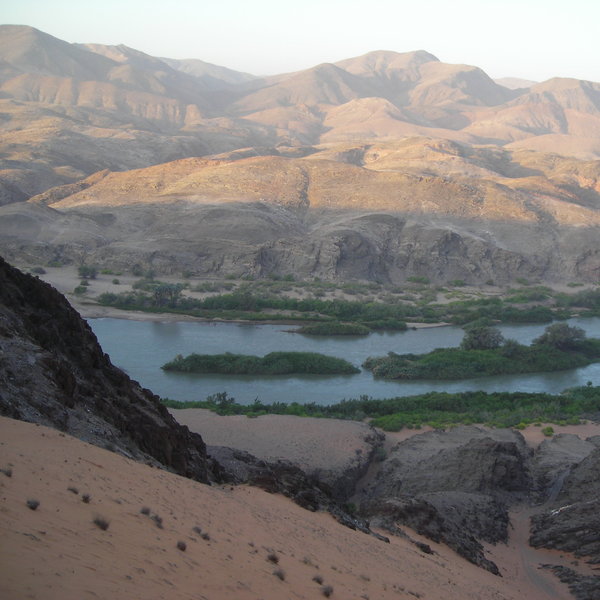
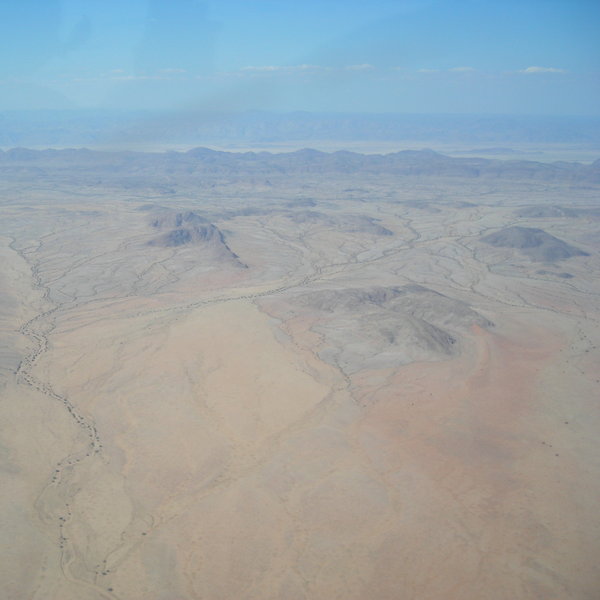
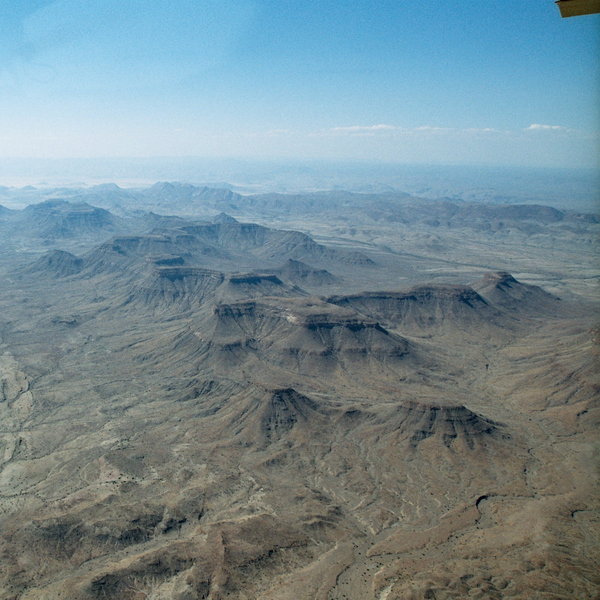
Expert Africa's gallery
When we travel we take lots of photos ourselves to give you a real and un-edited view of the safaris. See our 65 pictures and 1 videos of Skeleton Coast Safaris to get the candid view.
View gallerySafaris visiting Skeleton Coast Safaris
Just ideas, we'll always tailor-make a trip for you
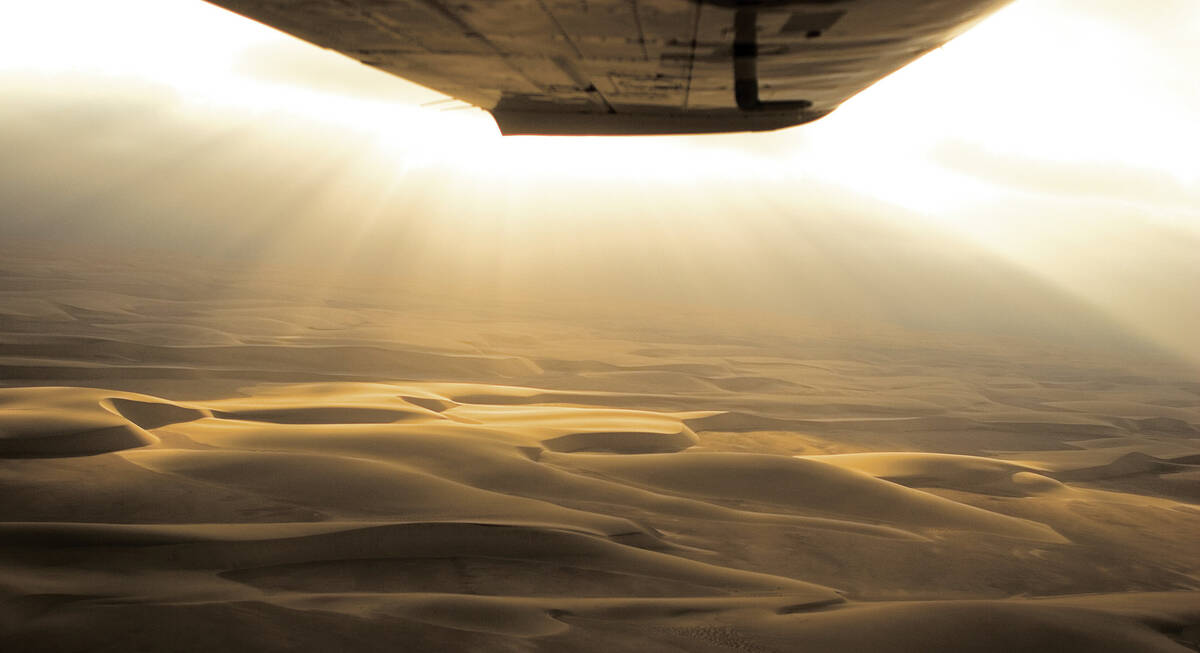

Skeleton Coast Safari
5 days • 5 locations • 1 country
WINDHOEK AIRPORT TO WINDHOEK AIRPORT
An epic flying safari exploring some of Namibia’s most spectacular and remote wildernesses. Exceptional pilots, among the best guides in the country and exclusive camps – this a real bucket-list adventure.
Visiting Skeleton Coast, Windhoek
US$10,990 - US$14,490 per person
Schoeman's Skeleton Coast Safaris: Our full report
Skeleton Coast Safaris is a small, family-run operation that has been organising trips to this remote region since 1977.
These trips, of up to eight passengers, typically take three nights, with each night spent in a different tented camp. They are usually escorted by one of the Schoeman family, who acts as pilot, driver and expert guide, using light aircraft to hop between remote beaches and private airstrips, with rugged 4WDs on hand for on-the-ground exploration.
What really stands out is the expertise of these family members, borne of knowledge gained over a lifetime of exploration along this coast.
Their guests spend each night at one of their three low-key permanent camps, from Kuidas Camp beside the dry Huab River in the south to Leylandsdrift Camp overlooking a spring in the Hoarusib River, and on to Kunene River Camp, on the lush banks of the Kunene River in the far north. All are just outside the Skeleton Coast National Park, contributing to the scale and diversity of this wilderness destination.
Each camp has just eight twin tents, all with proper beds, hot bucket shower and a private toilet; comfortable but not luxurious. In the evenings you’ll usually dine by candlelight under the stars – invariably with excellent food, good wine and lively conversation.
The Schoemans are amongst the best guides in the country, and will open your eyes to this unique wilderness. Bertus, Andre, Leon and Henk all explored the area with their late father, Louw Schoeman, who both founded these trips and was instrumental in getting the Skeleton Coast protected as a national park.
Their trips are hugely informative, giving unparalleled insight into the area, and we cannot recommend them too highly. On their spectacular light-aircraft flights you often see shipwrecks, seal colonies and flamingos, while on the ground you'll explore in modified Land Rovers and on foot.
On a typical trip you'll cross enormous dunes by 4WD, track some of the area's desert-adapted wildlife, especially elephant, slide down roaring dunes, and marvel at a landscape littered with semi-precious stones. You’ll spend time with the nomadic Himba people, whose traditional culture is now on a knife edge, and you’ll seek out ancient art etched into the rocks. These trips are real journeys of discovery – described by one of our travellers as “life-changing”.
While the Schoeman family’s own safaris start and end in Windhoek, Expert Africa can arrange to pick you up or drop you off in Sossusvlei, Damaraland or Etosha. In this way you can combine a Skeleton Coast trip into a longer, lodge-based holiday, be it fly-in or self-drive.
Activities
4WD Safari
Birdwatching
Boat trip
Cultural excursion
Guided walking safari
Private activities
Families & children
- Attitude towards children
- The Schoeman family welcome children of any age on their trips.
- Property’s age restrictions
- None
- Special activities & services
- None
- Equipment
- None
- Generally recommended for children
- While children of any age are welcome, we consider that the long days and the focus on exploration and understanding of the environment would not be appreciated by younger children or those without a genuine interest in the natural world.
- Notes
- With proximity to rivers and the ocean, unfenced camps and the potential presence of dangerous wildlife, children should be under the constant supervision of a parent or guardian.
Please note that we need to be notified in advance of children’s ages so that the Schoemans can make any necessary arrangements.
Food & drink
- Usual board basis
- Full Board & Activities
- Food quality
- Food at the camps is well-presented and plentiful. Breakfast and lunch are usually served as buffets; dinner may be a hearty stew or a substantial barbecue.
- Dining style
- Group Meals
- Dining locations
- Outdoor Dining
- Drinks included
- All drinks are included except imported wines and spirits (and any premium brands).
Bottled water is provided, with filtered or borehole water also available.
Our travellers’ wildlife sightings from Skeleton Coast Safaris
Since mid-2018, many of our travellers who stayed at Schoeman's Skeleton Coast Safaris have kindly recorded their wildlife sightings and shared them with us. The results are below. Click an animal to see more, and here to see more on our methodology.

100% success

100% success

67% success

50% success

33% success

0% success

0% success

0% success

0% success

0% success

0% success

0% success
Getting there
- Location
- Skeleton Coast & Kaokoland, Namibia
- Ideal length of stay
- Trips typically last four days and three nights: one night in each camp. For two or more people, it’s also possible to include Sossusvlei or to extend the trip at the end. Longer trips of four or five nights may take in Damaraland, the Namib-Naukluft Desert, or Etosha National Park.
- Accessible by
- Fly-and-Transfer
Special interests
- Birdwatching safaris
- Exploring with an expert guide on a Schoeman Skeleton Coast Safari is the ultimate opportunity for birdwatching in Namibia. The variety of habitats, ranging from desert to coast to riverine forest, play host to some of the country’s birding highlights.
- See ideas for Birdwatching safaris in Namibia
- Photography safaris
- Flying low over the Atlantic beaches and the rugged hinterland with Skeleton Coast Safaris offers superb options for aerial photography in Namibia. Further photo opportunities at ground level, from a 4WD or on foot, might include desert-adapted elephants or a remote Himba community.
- See ideas for Photography safaris in Namibia
- Cultural Experiences
- A Skeleton Coast Safari offers an unrivalled opportunity to experience one of Namibia’s traditional cultures. Accompanied by a knowledgeable guide, you may seek out Bushman rock art, or visit a remote Himba settlement, where the traditional lifestyle is slowly dying out.
- See ideas for Cultural Experiences in Namibia
Communications
- Communications
- None
- TV & radio
- None
- Water supply
- Borehole
- Water supply notes
- Water is filtered before use. All camps have flush toilets, although private facilities may include chemical rather than flush toilets. All tents have bucket showers.
Health & safety
- Malarial protection recommended
- Yes
- Medical care
- There are doctors in towns nearest to the individual camps. Medical evacuation by air is possible.
- Dangerous animals
- Moderate Risk
- Security measures
- A guide will accompany the trip at all times, with additional staff staying at each camp.
- Fire safety
Useful info
- Disabled access
- On Request
- Laundry facilities
- Although laundry can be done if urgent, you do not have long at any of the camps.
- Money
- There are no safes in the camps.
- Accepted payment on location
- Aside from cash for staff tips, you will not need to carry any money for this trip.
Plan and book your trip with Expert Africa
All of our trips are tailor-made, so we'll always adapt them to suit you. Talk to an Expert and let us plan and arrange your perfect trip.

Talk to an Expert
Call or email us now! We’ll match you with the Specialist in our team who is best suited to help you. Then together we can start planning your trip.

Set up your itinerary
Based on our experience and your ideas, your specialist will create a detailed, costed itinerary. We’ll refine it together, until we have a trip that you’re perfectly happy with.

Prepare for your trip
The same Specialist will make the seamless arrangements for your trip, send you detailed travel documents, and be available to answer any questions before you depart.

Travel with peace of mind
After you set off, you’ll be cared for by our partners in Africa, most of whom have worked with Expert Africa for decades. And if you ever need us urgently, we’re available 24/7.

When you return
We love to learn about your trip, and so will always be grateful if you’ve the time to give feedback to your Specialist when you return.
Schoeman's Skeleton Coast Safaris's location
Look closer at the environment and surroundings of Skeleton Coast Safaris.
Other lodges in Skeleton Coast & Kaokoland
Alternative places to stay in this same area.
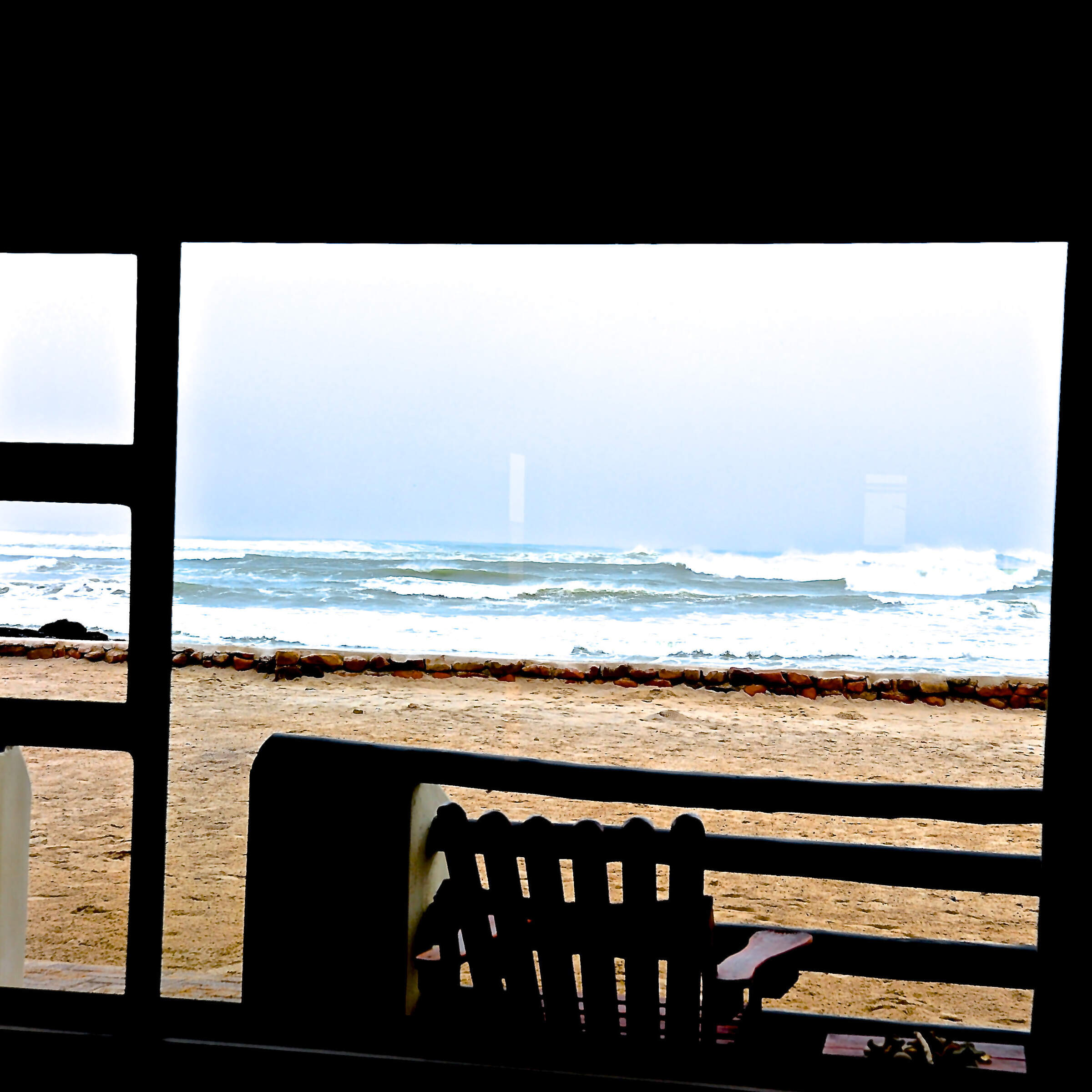
Cape Cross Lodge
Right on the Skeleton Coast, between Swakopmund and Damaraland, Cape Cross Lodge has easy access to Cape Cross Seal Reserve.
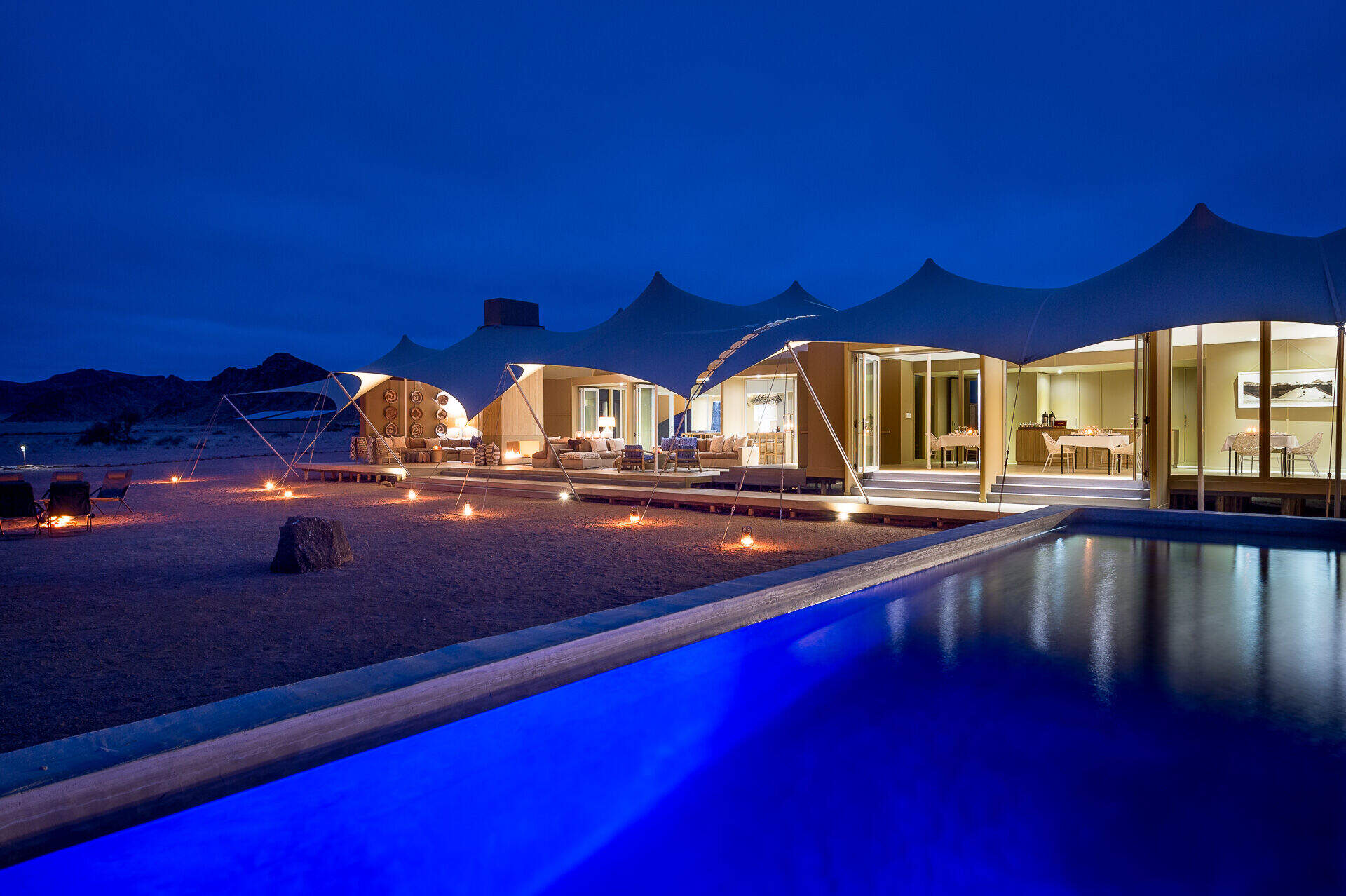
Hoanib Skeleton Camp Camp
Hoanib Skeleton Coast Camp is actually situated 42km inland in Kaokoland, this said they offer a superb guided day trip to the coast.
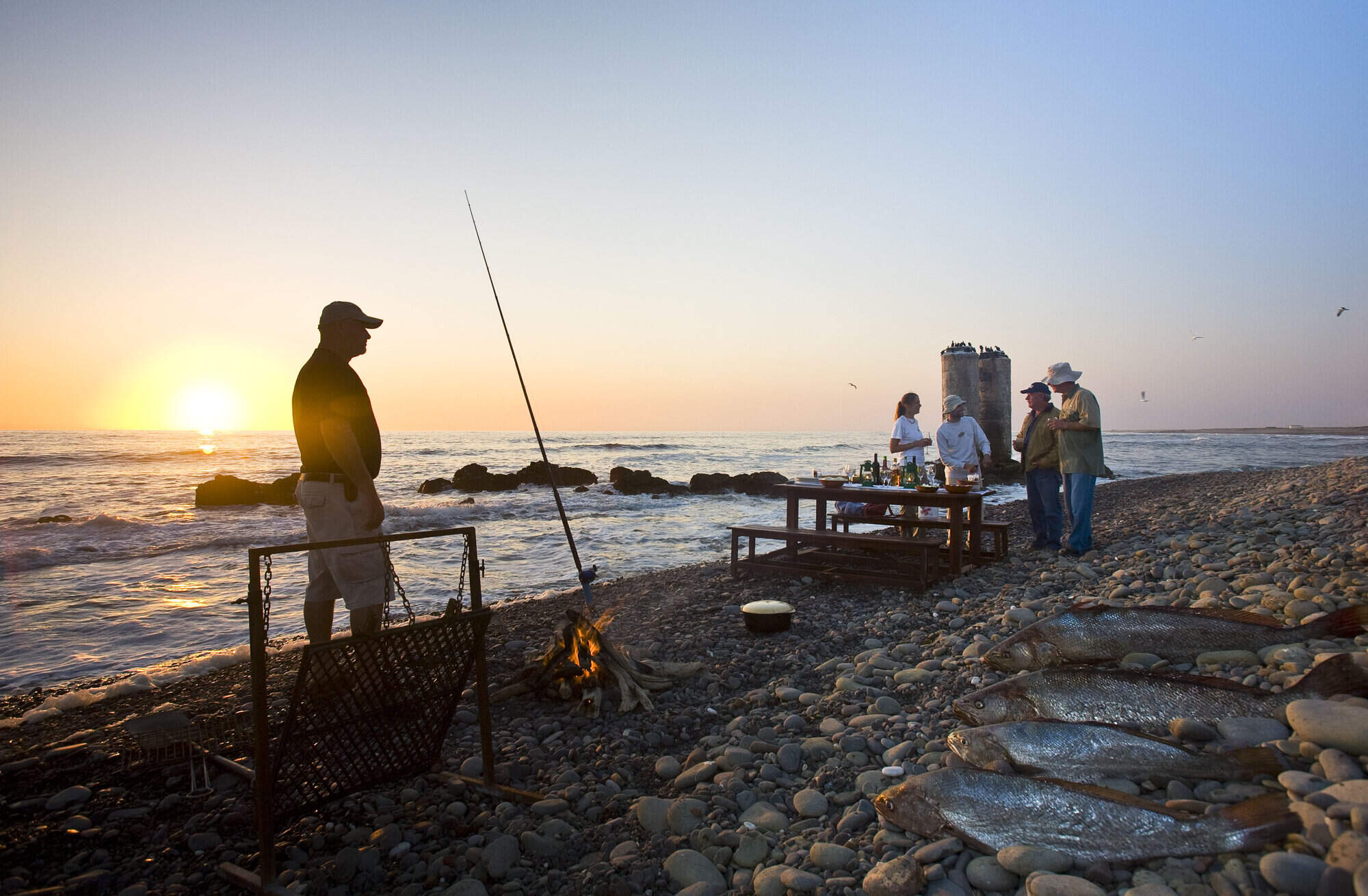
Terrace Bay
Terrace Bay is bleak. However, those that stay here come to experience the remote and inhospitable nature of the Skeleton Coast.
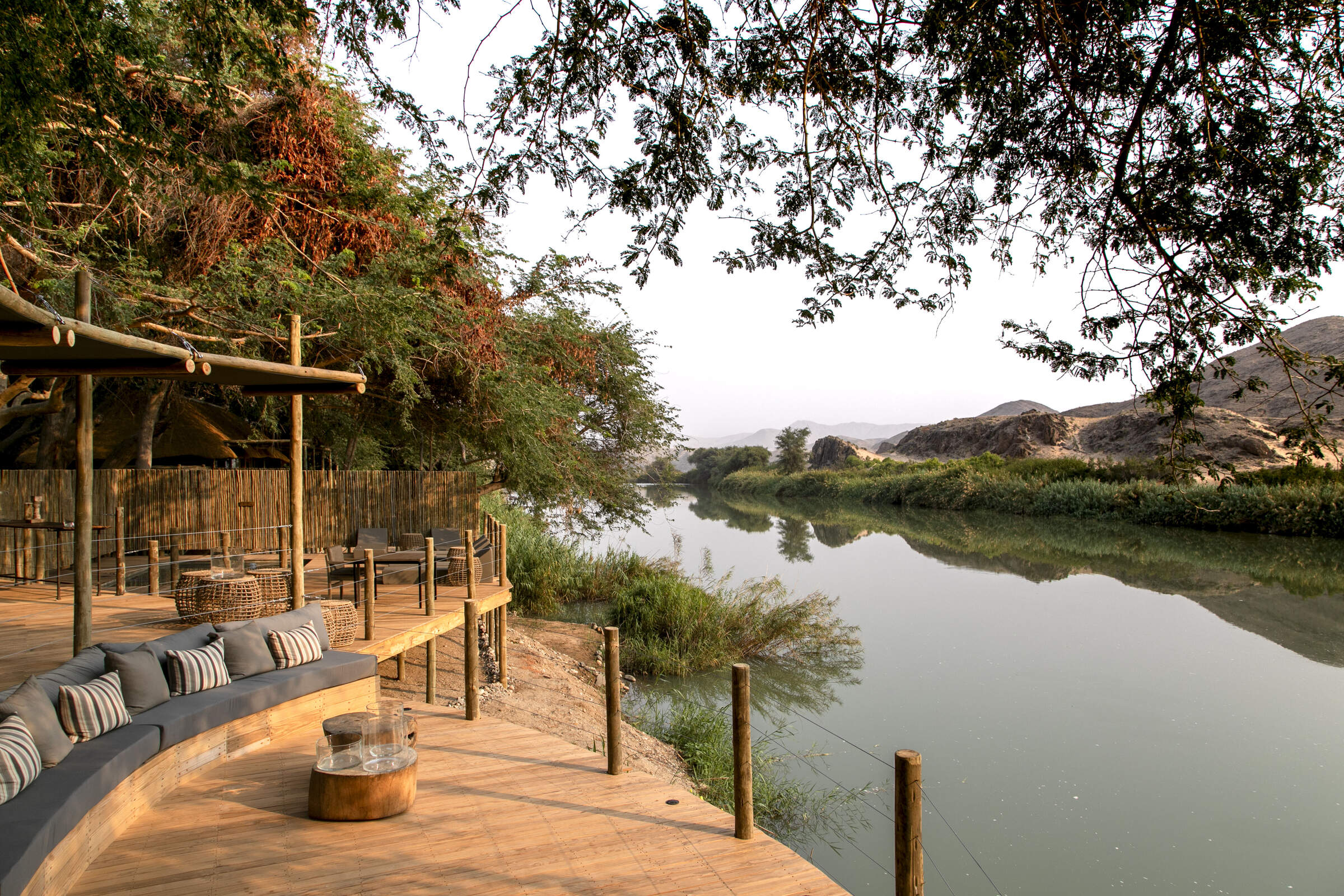
Serra Cafema
The luxurious Serra Cafema is in the most remote corner of Namibia - at the north end of Hartmann's Valley, across the Kunene River from Angola.
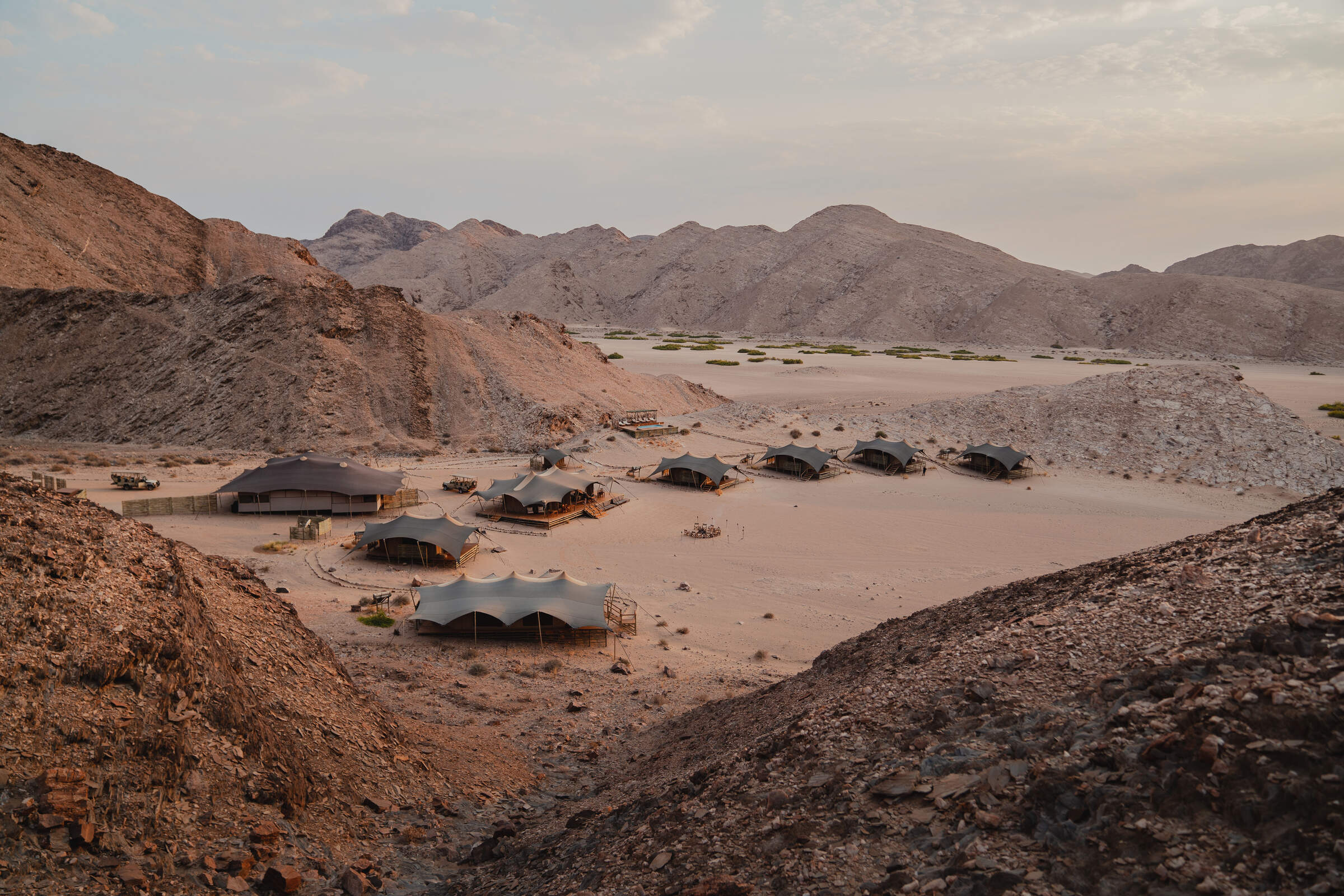
Hoanib Valley Camp
The intimate and remote Hoanib Valley Camp offers a rare chance to explore this dramatic corner of Namibia and to search for its sparse desert-adapted wildlife.
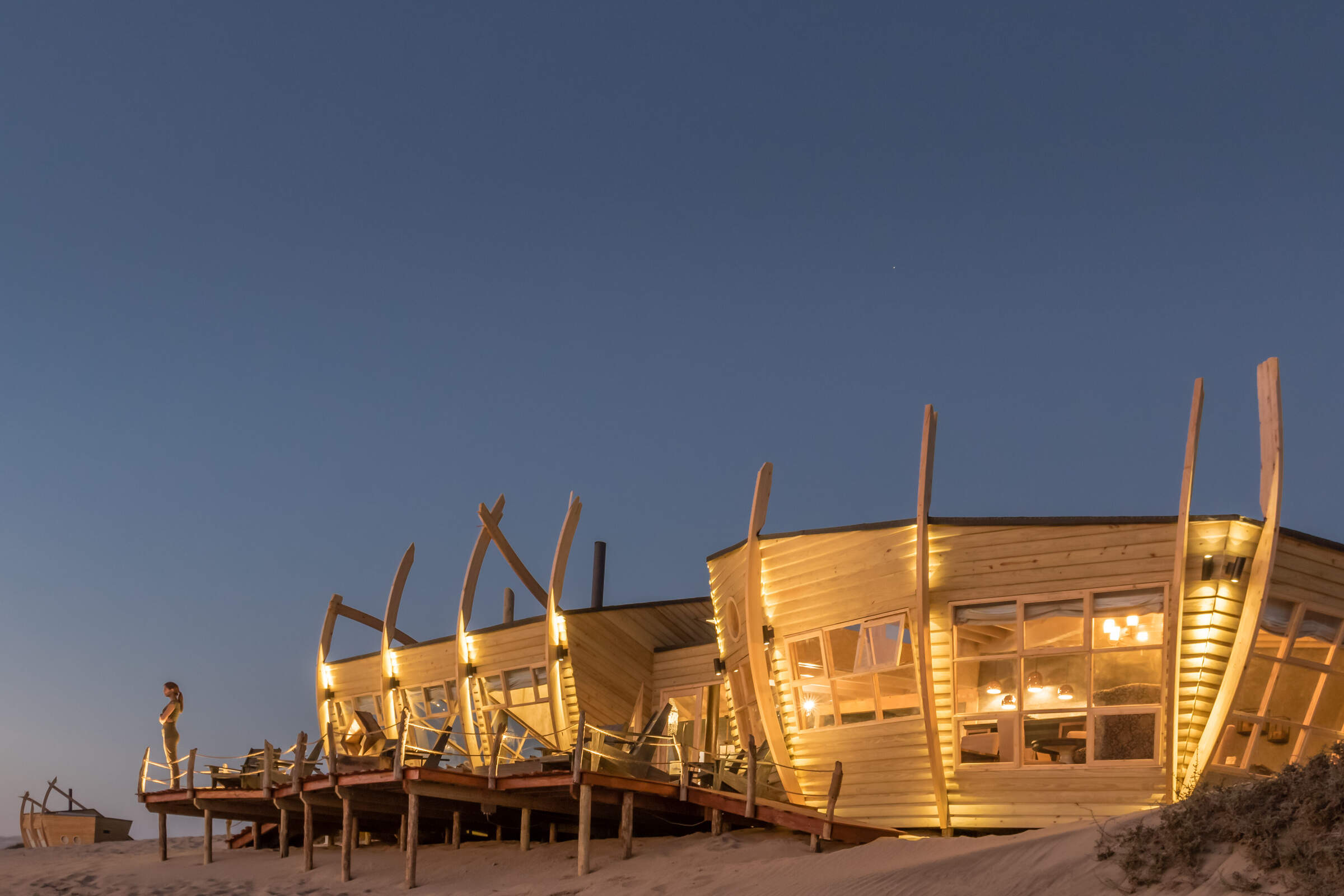
Shipwreck Lodge
The only property on this desolate stretch of coastline, the extraordinary Shipwreck Lodge opens up a new section of the Skeleton Coast National Park
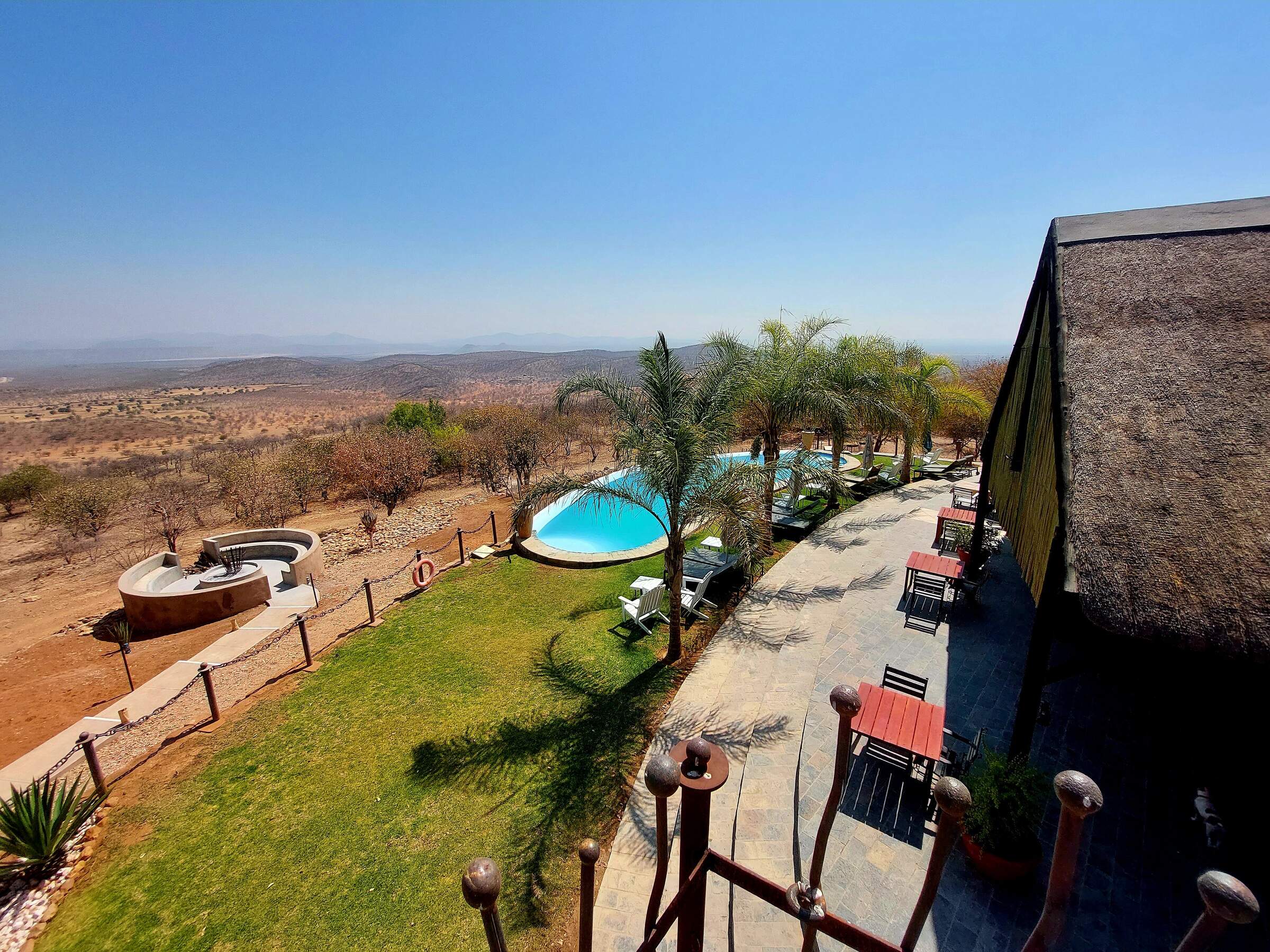
Opuwo Country Lodge
Opuwo Country Hotel provides comfortable accommodation is well situated for a night's stop before travelling into remote parts of Kaokoland.
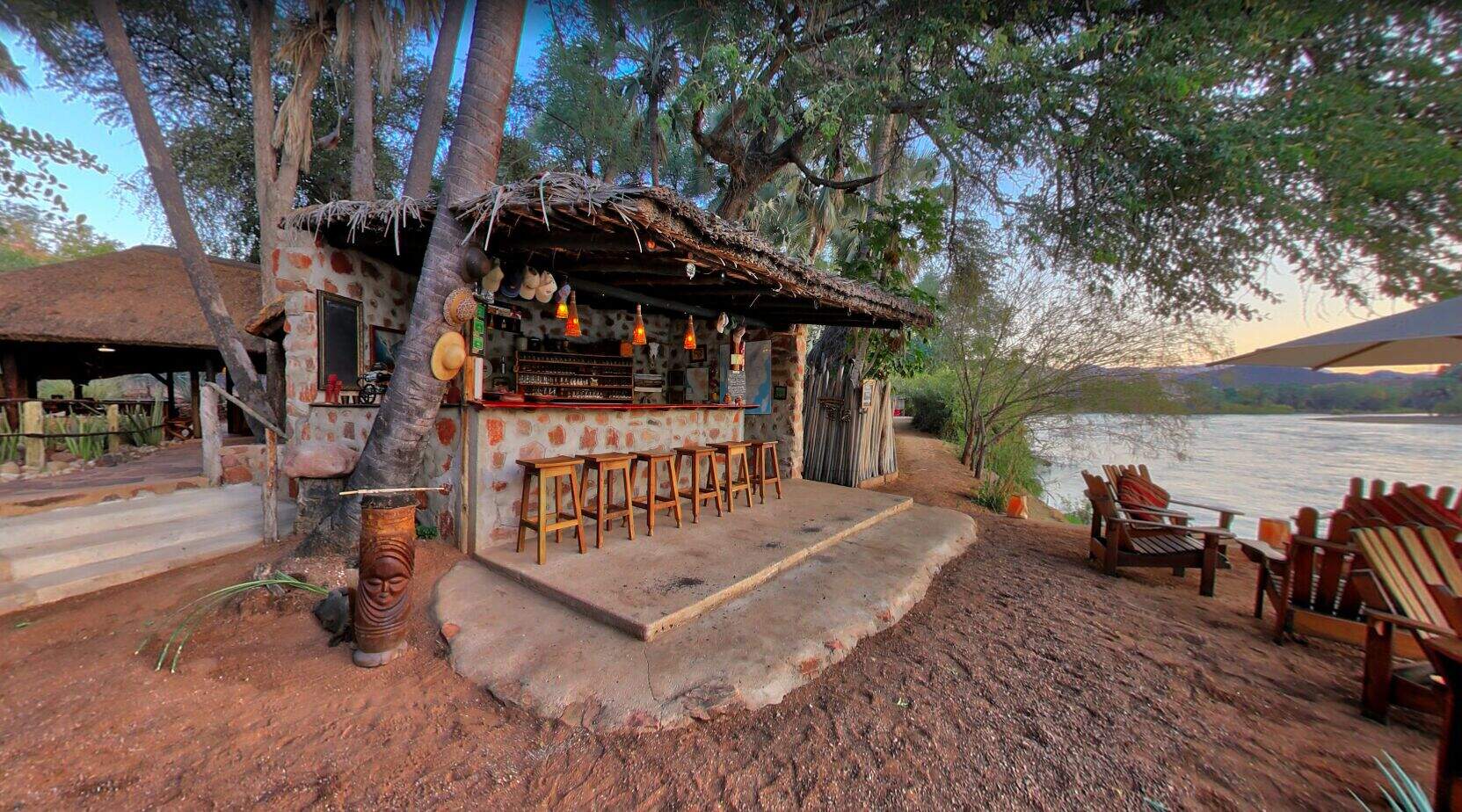
Epupa Camp
Epupa Camp is a welcoming oasis set on the palm-fringed banks of the Kunene River in north-west Namibia and close to Epupa Falls.
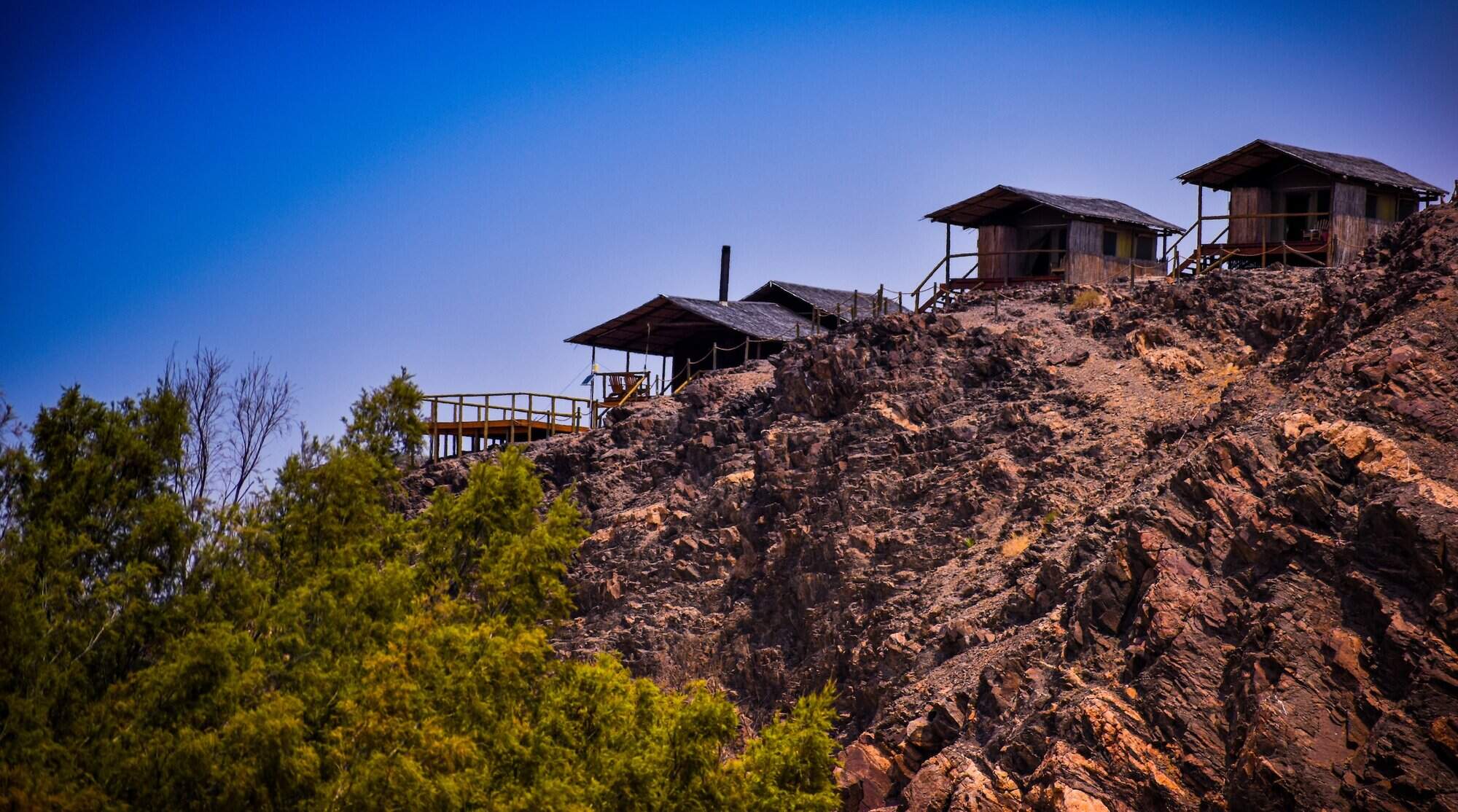
Leylandsdrift Camp
Used exclusively on the second night of a Skeleton Coast Safari, Leylandsdrift is in a beautiful location and is a good place to track desert-adapted elephants.
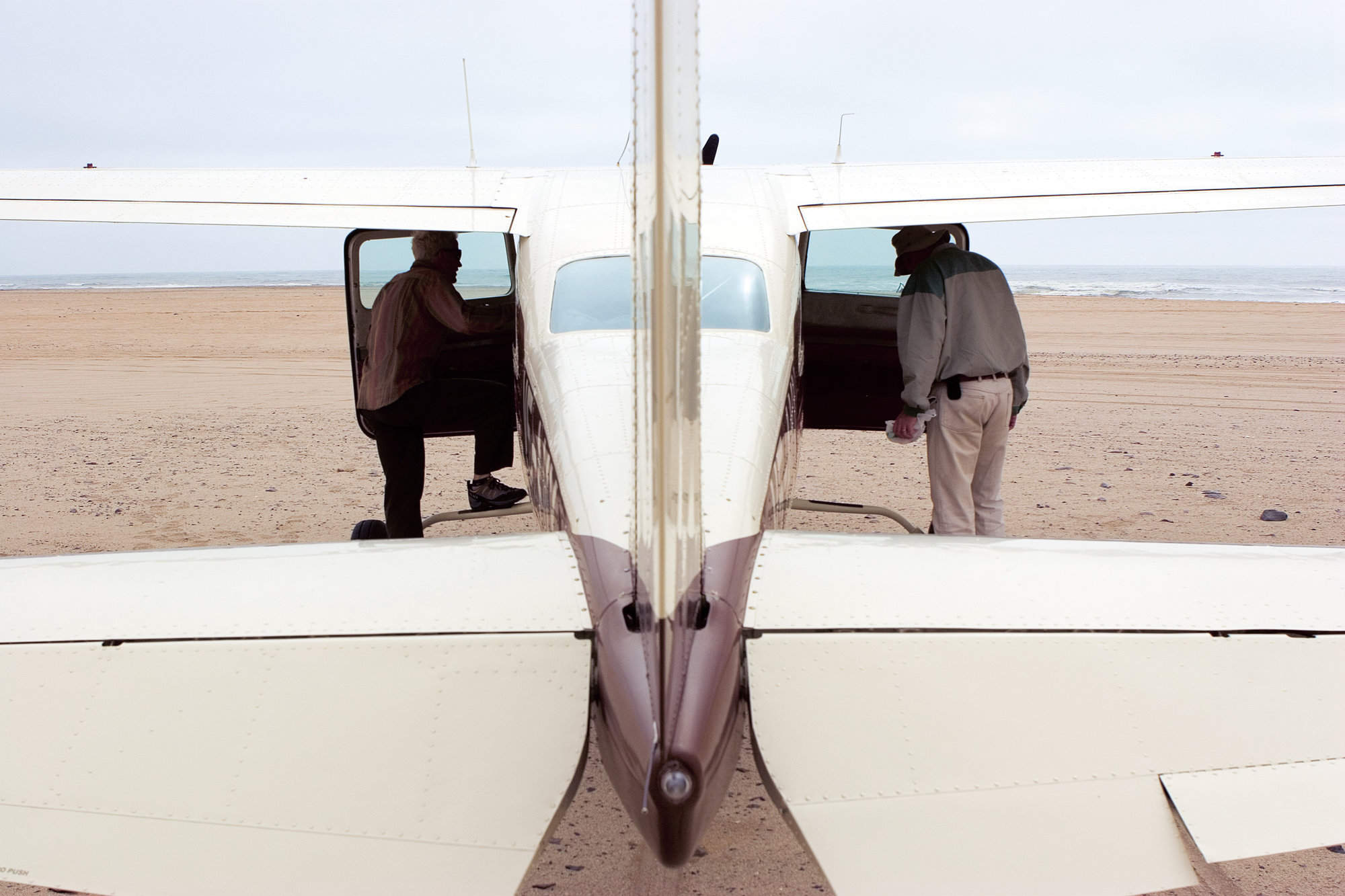
Kunene River Camp
Used exclusively on the final night of a Skeleton Coast Safari, the simple Kunene River Camp occupies a dramatic riverside location with some excellent birding.
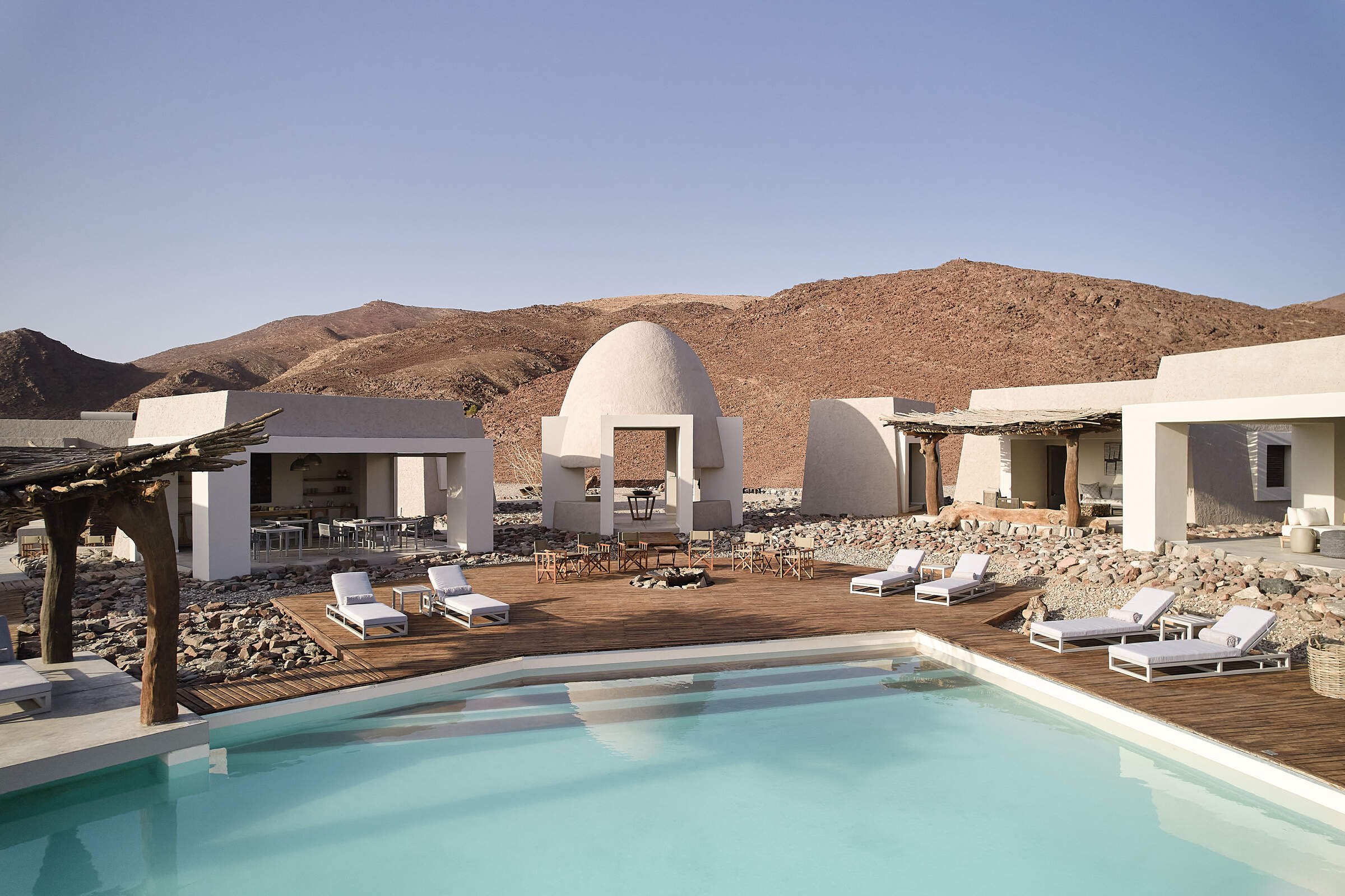
Okahirongo Elephant Lodge
Tucked away in Namibia's remote north-west, Okahirongo Elephant Lodge offers an unexpected level of luxury, with stunning views and plenty of activities.
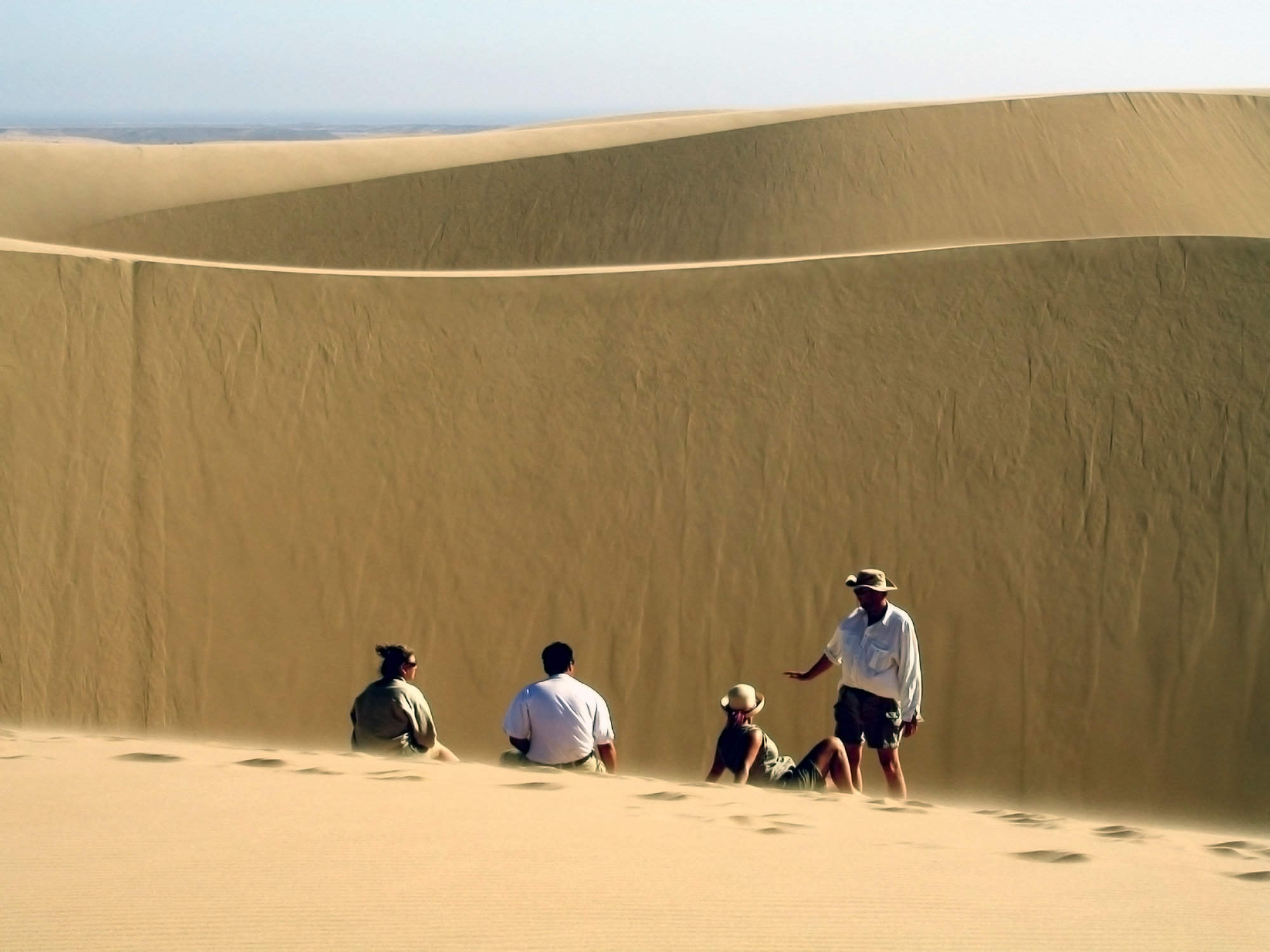
Kuidas Camp
Usually the first-night stop on a Schoeman Skeleton Coast safari, Kuidas is a very simple camp with stunning views of the Huab River valley.
When to go to Skeleton Coast & Kaokoland
Our month by month guide: What it's like to visit Skeleton Coast Safaris in Skeleton Coast & Kaokoland
Jan
Feb
Mar
Apr
May
Jun
Jul
Aug
Sep
Oct
Nov
Dec
Skeleton Coast & Kaokoland in January
The Skeleton Coast experiences its rainy season in January, though precipitation remains sparse in this desert environment. The Ugab River and other ephemeral rivers may briefly come to life, creating a spectacle in the usually arid landscape. Despite the rain, temperatures can still reach around 30°C/86°F.
The greening landscape makes a refreshing change, especially in desert dune seas. Migrant species arrive in force, making it an excellent time for birdwatching along the coast and in areas like the Swakop River. In the northern part of the Skeleton Coast National Park, where rains are more reliable, desert animals look healthy, with shiny coats, due to the abundance of food.
- Variable weather with fog common along coast
- Cape fur seal pups growing rapidly at colonies
- Wildlife looking well fed, with shiny coats
- Few tourists, low rates at lodges and camps
- Occasional thunderstorms inland from the coast
Our view
This is not a great time to visit
Weather in January
Skeleton Coast & Kaokoland in February
February is typically the wettest month on the Skeleton Coast, though rainfall remains patchy. The central highlands near the park's eastern border and the Kunene River region can see heavier rain. Some February days are clear and hot, while others are cooler with building clouds, sometimes culminating in short, spectacular thunderstorms. These storms can generate flash floods in the park's ephemeral rivers, bringing them dramatically to life.
The landscape feels green and alive, with insects and smaller animals more easily seen. Many birds and animals in the Skeleton Coast National Park are raising their young during this time. However, the formation of small pools in the bush and thicker vegetation can make it challenging to spot larger wildlife as they disperse with easy to access water, especially in the northern sections of the park.
- Coastal fog persists, creating eerie atmosphere
- Seal colonies bustling with activity
- Desert-adapted wildlife more dispersed
- Low tourist numbers, great deals available
- Possible inland thunderstorms, coast stays dry
Our view
This is not a great time to visit
Weather in February
Skeleton Coast & Kaokoland in March
March usually sees the Skeleton Coast's main rains tailing off, though precipitation varies across the park. Many days are clear with strong sun, while others may end with short, spectacular thunderstorms, particularly in the inland areas. These storms reduce in frequency as the month progresses.
The landscape often appears vivid and green, especially around the Ugab and Hoanib rivers. Many birds and animals are finishing raising their young, so smaller animals and insects are in evidence. In the northern part of the Skeleton Coast National Park, where rains are generally heavier, pools in the bush and thicker vegetation can make it difficult to spot larger animals. However, this is an excellent time to observe desert-adapted wildlife thriving in the temporarily lush environment.
- Weather becoming more stable along coast
- Seal pups learning to swim at Cape Cross
- Animals well-fed after inland rainy season
- Wildlife harder to spot in expansive desert
- Few tourists, ideal for solitude seekers
Our view
A good time to visit, with pros & cons
Weather in March
Skeleton Coast & Kaokoland in April
April typically brings dry weather to the Skeleton Coast, with an ever-decreasing chance of rain. Temperatures fall below their summer peak but remain pleasant and warm during the day. Nights might have a slight chill, especially in desert areas. The rains usually leave many parts of the park verdant and green, so animals are in fantastic condition, often with fast-growing young in attendance.
With less dust in the atmosphere, photographers can capture clear shots of spectacular landscapes and healthy animals. Stargazing becomes increasingly rewarding as the month progresses. In the northern sections of the Skeleton Coast National Park, water and food remain in plentiful supply, so finding big game can be trickier than later in the year. However, this is an excellent time for observing a wide variety of wildlife.
- Cooler nights, pleasant daytime temperatures
- Migrant birds begin departing the coast
- Desert flora starting to dry out inland
- Easter brings slight increase in visitors
- Clear conditions for sharp photographs
Our view
A good time to visit, with pros & cons
Weather in April
Skeleton Coast & Kaokoland in May
By May, the Skeleton Coast is usually drying out fast. If the rains have been good, the land remains green, but wildlife starts to congregate at more permanent water sources like the Hoanib and Uniab rivers. Typical days are warm with crisp, clear mornings and blue skies. Evenings are usually cool, with temperatures potentially dipping below 10°C/50°F overnight, especially in desert areas.
The air quality and clarity can be amazing, making this an ideal month for photography of the park's dramatic landscapes. Many lodges still charge low season prices, although some have started to introduce higher shoulder season rates. May's good-value rates, increasingly good wildlife sightings, beautiful landscapes, and crystal-clear air combine to make this one of the best months to visit the Skeleton Coast.
- Mild days, cool nights ideal for exploration
- Excellent clarity for coastal photography
- Wildlife starting to congregate near water
- Lodges still offer good rates
- Great sea kayaking as seal pups take to water
Our view
A very good time to visit
Weather in May
Skeleton Coast & Kaokoland in June
June brings dry conditions to the Skeleton Coast. Skies are blue and usually largely cloudless. Days are lovely, warm, and dry; nights are cold, sometimes below freezing in desert areas. Most swimming pools at lodges are outdoors and too cold for all except the very dedicated. Warm clothing is essential for early morning and late evening nature drives.
In the northern part of the Skeleton Coast National Park, wildlife viewing enters its dry-season pattern, focusing around water sources. Photographers come to the area for the superb air clarity, with minimal dust or smoke. The Cape Cross Seal Colony becomes increasingly active as the young seals join parents on fishing trips. Historically, June rates have been low, but with increasing popularity, many lodges now count it amongst their high-season months.
- Clear, bright days with cold nights
- Prime time for scenic flights over coastline
- Wildlife gravitating to scarce water sources
- Most lodges move to high season rates
- Fishing season kicks off with great catch opportunities
Our view
A very good time to visit
Weather in June
Skeleton Coast & Kaokoland in July
July brings usually warm daytime temperatures upwards of 20°C/68°F to the Skeleton Coast, along with good sightings of desert-adapted wildlife such as elephants, giraffe, oryx, jackals and perhaps even lion. Watching elephants climb hillside dunes is often a highlight! Rain is very unusual, and clear skies make for great photographs of the stark desert landscapes.
Once the sun sets, temperatures cool rapidly, bringing cold nights that may dip below freezing in desert areas. Visitors should dress in layers and be prepared for cold early-morning and late-afternoon drives. Across the park, lodges charge high season rates; many are fully booked a year or more in advance, especially during European school holidays from the latter half of July to late August.
- Dry days, cold nights perfect for stargazing
- Whale watching season begins off the coast
- Excellent time to view desert wildlife
- Peak season rates at coastal accommodation options
- Cool temperatures for nature walks
Our view
A very good time to visit
Weather in July
Skeleton Coast & Kaokoland in August
August marks the height of winter on the Skeleton Coast. Expect cloudless skies and plenty of warm sun during the day, but nights can drop to freezing in desert areas. Visitors should dress in layers and bring warm clothes for chilly mornings and evenings. It's usually been 3-4 months since any significant rain, so the land is dry with only specialist desert plants standing out in their greenery. Many landscapes appear sparse and harsh, showcasing the raw beauty of the Skeleton Coast. Desert-adapted wildlife stays close to available water sources, helping to guarantee good animal sightings, particularly in the northern part of the park.
August is the most popular time to visit, especially for families. Advance booking is essential, often over a year in advance, for stays at the best lodges within the Skeleton Coast National Park.
- Clear skies, cold nights, warm days
- Marine mammals often seen on boat cruises
- Wildlife concentrated close to water points
- Busier season, advanced bookings recommended
- Ideal conditions for coastal adventure activities
Our view
Fantastic: the very best time to visit
Weather in August
Skeleton Coast & Kaokoland in September
September brings blue, cloudless skies and fantastic desert-adapted wildlife viewing to the Skeleton Coast. Rain is almost unheard of during this month. As September progresses, both days and nights get warmer. In some areas, daily maximums can reach the low 30s Celsius / mid 80s Fahrenheit, although low humidity ensures this feels comfortable.
The air becomes dustier, occasionally augmented by smoke from distant fires, creating a hazy atmosphere that can challenge photographers - though atmospheric sunsets are a delight. In the Skeleton Coast National Park, animals stay close to remaining water sources, making September one of the best months for viewing desert animals such as elephants, oryx and even lion. Consequently, September is one of the Skeleton Coast's most popular months for visitors. Seeing how remote communities exist in this barren setting is often a highlight.
- Quickly warming temperatures, still clear skies
- Fascinating insights to Himba communities
- Fantastic desert wildlife viewing in river valleys
- High season rates, lodges often fully booked
- Occasionally dusty skies create spectacular sunsets
Our view
Fantastic: the very best time to visit
Weather in September
Skeleton Coast & Kaokoland in October
October is usually the hottest and driest month on the Skeleton Coast. Temperatures build as the month progresses; towards the end, daily highs may exceed 40°C/104°F, though the low humidity makes even this heat bearable. In exceptional years, isolated rain showers may fall in late October. More usually, the end of the dry season sees wildlife watching at its best, particularly in the northern part of the Skeleton Coast National Park. Sightings of unusual species such as brown hyena and desert lion become more regular as the animals have limited water sources.
October is popular among landscape and unique wildlife enthusiasts and commands peak-season prices, even if dust and smoke may make the air hazy, challenging photographers. Visitor numbers can fade towards the end of the month, allowing a window for last-minute bookings at some lodges.
- Hot, dry conditions prevail along coast
- Marine wildlife abundant in coastal waters
- Exceptional desert game viewing in Hoanib area
- Still peak visitor time, book accommodations early
- Dining under stars on balmy nights in the desert is special
Our view
A very good time to visit
Weather in October
Skeleton Coast & Kaokoland in November
November is unpredictable on the Skeleton Coast; sometimes dry and hot, sometimes cloudier and cooler. Typically, mornings are hot and cloudless, with clouds appearing in the afternoon. Humidity builds and eventually breaks, resulting in spectacular thunderstorms that bring convection rainfall in late afternoons. Such storms are typically sparsely distributed and highly localised, being completely absent from the most arid desert areas. Places that do get good rain, like the Hoanib and Uniab river valleys, flush green with a tangible feeling of new life, softening the harsh landscapes.
Many mammals give birth to their young during this period. Once the rains come, wildlife disperses in search of food, and game viewing in the northern part of the Skeleton Coast National Park becomes more challenging. However, this is a great time for birdwatchers, with migrant species arriving in breeding plumage.
- Variable weather as summer approaches
- Cape fur seals begin breeding season
- Wildlife dispersing with first inland rains
- Shoulder season begins, rates become moderate
- Landscapes transforming with possible rain
Our view
A good time to visit, with pros & cons
Weather in November
Skeleton Coast & Kaokoland in December
December is often a drier period between the short and long rainy season. Clear mornings can give way to building clouds and spectacular evening thunderstorms, but often with little to no rain. These storms make for atmospheric skies and an interesting time for photographers. But even relatively short showers enable plant life to erupt, carpeting this thirsty land in green and providing food for the young animals as they grow. Animals disperse widely across the Skeleton Coast National Park, which can make game viewing more challenging than in the dry season. Many birds are breeding and sporting their most colourful plumage.
Christmas and New Year fall within local summer holidays, so accommodations can be surprisingly busy, especially in and around the park's coastal areas where temperatures are cooler.
- Warmer temperatures, chance of coastal fog
- Seal breeding season peaks at colonies
- Desert-adapted wildlife often have young
- Holiday period brings more visitors to coast
- Possible inland rains create lush landscapes
Our view
This is not a great time to visit
Weather in December

Looking for inspiration on where to travel next?
Visit our trip chooser to explore your options and find inspiration for your perfect African adventure
Inspire me